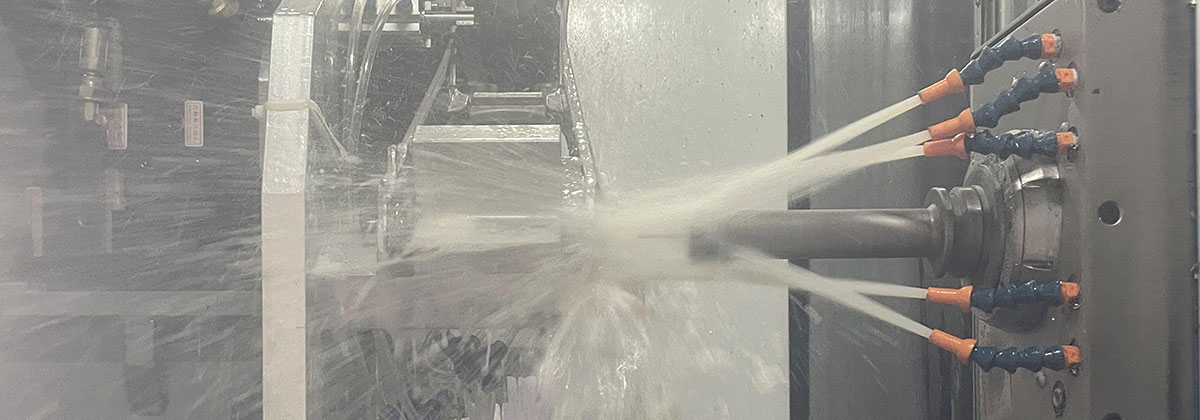Die casting is a popular manufacturing process that involves the use of a die casting mold to produce complex metal parts with high accuracy and precision. In this guide, we will explore the die casting process, the different types of die casting molds, and their advantages and disadvantages.
What is the Die Casting Process?
The die casting process involves pouring molten metal into a mold cavity under high pressure. The mold cavity is created by two hardened steel dies that are machined to the shape of the part being produced. Once the molten metal is poured into the mold, it is allowed to cool and solidify, and then the dies are opened to eject the part.
The die casting process is ideal for mass production of complex parts with high accuracy and precision. It is commonly used in the automotive, aerospace, and electronics industries.
Types of Die Casting Molds
There are two main types of die casting molds: hot chamber and cold chamber.
Hot Chamber Die Casting Mold
In the hot chamber die casting mold, the injection system is immersed in the molten metal, which is kept in a furnace. The injection system consists of a piston and a crucible. When the piston is pushed, it injects molten metal into the mold cavity. The hot chamber die casting mold is ideal for metals with low melting points such as zinc, magnesium, and copper.
Advantages of Hot Chamber Die Casting Mold
– Faster cycle time
– Less scrap
– Lower equipment cost
– Ideal for small and medium-sized parts
Disadvantages of Hot Chamber Die Casting Mold
– Limited to low melting point metals
– High maintenance cost
– Shorter die life
Cold Chamber Die Casting Mold
In the cold chamber die casting mold, the injection system is not immersed in the molten metal. Instead, the molten metal is poured into a chamber and then transferred to the injection system. The injection system consists of a plunger and a gooseneck. When the plunger is pushed, the molten metal is injected into the mold cavity. The cold chamber die casting mold is ideal for metals with high melting points such as aluminum and zinc alloys.
Advantages of Cold Chamber Die Casting Mold
– Ideal for high melting point metals
– Longer die life
– Lower maintenance cost
– Ideal for large and complex parts

Disadvantages of Cold Chamber Die Casting Mold
– Slower cycle time
– More scrap
– Higher equipment cost
Conclusion
Die casting mold is an important part of the die casting process. Choosing the right type of die casting mold is crucial for producing high-quality parts with high accuracy and precision. Depending on your requirements and budget, you can choose between hot chamber and cold chamber die casting molds. With proper maintenance and care, die casting molds can last for many years and help you produce high-quality parts consistently.
-

- Vysoce přesný hořčíkový tixomulační kryt krytu notebooku A
-

- Dětské kolo ze slitiny hořčíku a hliníku 3-8 let staré Levný výprodej 14palcové dětské kolo FOREVER Velkoobchod 2022
-

- Tixomulační lití z hořčíkové slitiny odlévání dílů UAV
-

- Pevná vidlice z hořčíkové slitiny pro odlévání kovových dílů podle požadavků zákazníka
-

- Tlakové lití z mangenové slitiny Tixomouldování kovových dílů
-

- OEM služby tlakového lití kovových součástí středního macbooku

 0086-750-5616188
0086-750-5616188 +86 13392089688
+86 13392089688 sales@zhongmei-tech.com
sales@zhongmei-tech.com







